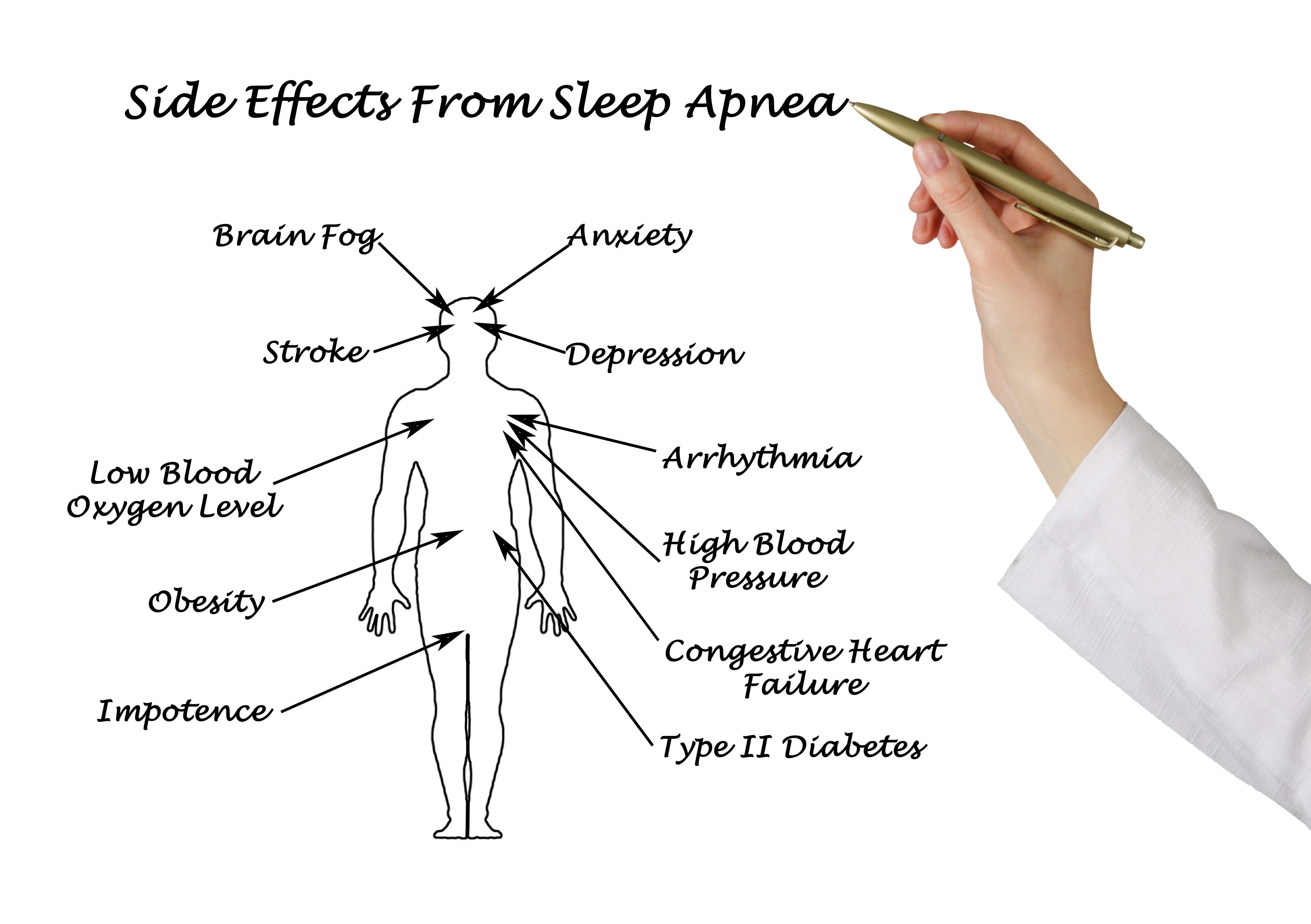Obstructive Sleep Apnea
SAFETY SPOTLIGHT: FIGHTING FATIGUE

Narrowing of the respiratory passages causes obstructive sleep apnea (OSA)—a repetitive upper airway obstruction during sleep. OSA is often associated with people who are overweight, have higher deposits of fatty tissue in their respiratory passages, and have larger then average size soft palates and tongues. These conditions decrease the size of the upper airway and decrease airway muscle tone. When a person sleeps on his or her back in a horizontal position, gravity can pull tissue down and over the airway, impeding air flow to the lungs during inhalation. This can cause snoring and a struggle to breathe.

Sleep Struggles
Someone affected by OSA may not realize it, even if snoring and struggled breathing interrupts his or her sleep many times at night. Loud and excessive snoring are usually the first signs of OSA. Other symptoms include:
- Having trouble concentrating, thinking, or remembering
- Being sleepy during the day
- Feeling fatigued
- Needing to take frequent naps
- Having headaches
- Being irritable
- Having a short attention span
Breath In…Breath Out
When you stop breathing in your sleep, your brain automatically jumps into action and sends a wakeup call after about 10 seconds to prevent prolonged oxygen starvation. However, time zone changes and alcohol consumption can delay the triggering mechanism by 30 seconds or longer. Such oxygen starvation results in significant fatigue. In addition, repetitive decreases in blood oxygen levels can lead to chronic health problems.
OSA Induced Chronic Health Issues

OSA Treatment Strategies:
- Consult your doctor—OSA can be diagnosed through a sleep study and treatment is very effective.
- Change sleeping routines—Adjust sleeping position from your back to your side or stomach.
- Adjust sleeping environment—Change mattress, light level, temperature, etc.
- Lose weight—Just a 10-percent weight loss helps reduce the OSA Apnea-Hypopnea Index (AHI) by 25 percent.
- Dental appliances—Dentists specialized in sleep medicine (American Academy of Dental Sleep Medicine) are trained in the use of oral appliance therapy for the treatment of obstructive sleep apnea and snoring.
- Continuous positive airway pressure (CPAP) machine—Reduces AHI when used consistently six hours or more a night.
- Surgical methods—These types of surgeries can be very significant, may not always succeed, and can lead to side effects. So try non-surgical methods first.